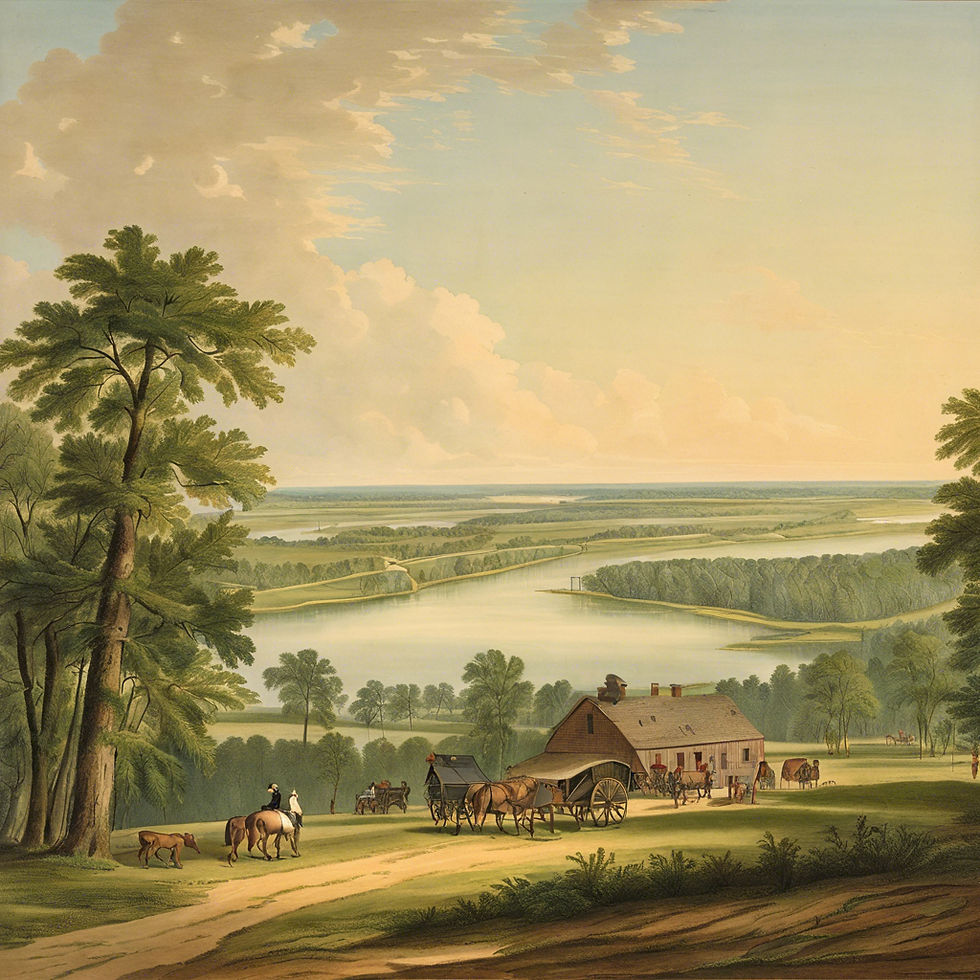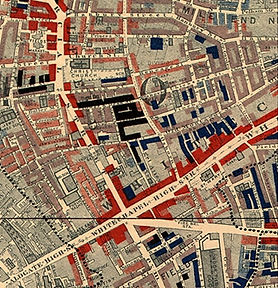
Yes, Jack the Ripper
If you want to earn the title of Sleuth Matron, you need to solve the most widely known unsolved serial killer case. The ultimate challenge will test your investigative skills to the limit. Are you up for it?

Let's collaborate to solve cold cases, starting with the top two unidentified serial killers. I know many sleuths, professional and armchair, have tried to solve them, but it never hurts for fresh eyes, and ideas can't hurt; you never know what you might uncover. "Let's work together to solve some cold cases, starting with the top two unidentified serial killers. I understand that many professional and amateur sleuths have attempted to solve them, but it never hurts to have fresh eyes and ideas. You never know what you might uncover."
Jack the Ripper
-
List of suspects over time.
-
Jacob Isenschmid
-
Montague John Druitt
-
Boston Corbett
-
Sir John Williams
-
Francis Thompson
-
Seweryn Kłosowski
-
Aaron Kosminski
-
Michael Ostrog
-
James Thomas Sadlero
-
Thomas Neill Creamhn Pizer
-
Francis Tumblety
-
William Henry Bury
-
Frederick Bailey Deeming
-
Thomas Hayne Cutbush
-
Carl Feigenbaum
-
Robert Donston Stephenson
-
Prince Albert Victor, Duke of Clarence and Avondale
-
Lewis Carroll
-
Joseph Barnett
-
Willie Clarkson
-
David Cohen
-
William Withey Gull
-
George Hutchinson
-
Haym Haymes
-
James Kelly
-
Charles Allen Lechmere
-
Jacob Levy
-
James Maybrick
-
Michael Maybrick
-
Alexander Pedachenko
-
Walker Sickert
-
Joseph Silver
-
James Kenneth Stephen
Other suspects include the following: German hairdresser Charles Ludwig, apothecary and mental patient Oswald Puckridge (1838–1900), insane medical student John Sanders (1862–1901), Swedish tramp Nikaner Benelius, and even social reformer Thomas Barnardo, who claimed he had met one of the victims (Elizabeth Stride) shortly before her murder. Isenschmid and Ludwig were exonerated after another murder was committed while they were in custody. There was no evidence against Barnardo, Benelius, Puckridge or Sanders. According to Donald McCormick, other suspects included Mountebank L. Forbes Winslow, whose own suspect in the case was a religious maniac, G. Wentworth Bell Smith. The theories continue, such as the 2009 addition of morgue assistant Robert Mann to the long list of suspects.
George Chapman AKA -Seweryn Antonowicz Kłosowski
Born in Congress Poland, George Chapman moved to England as an adult and gained notoriety as a serial killer known as the Borough Poisoner during the Victorian era.
A NEW SUSPECT
Edward Buck was an Irish Immigrant who committed minor crimes throughout Whitechapel. He and his family were familiar with the commercial road area. Two fellow researchers/ historians have come up with this suspect. The leading researcher started looking in records before 1888 and came up with this name. He states that only one other researcher had suggested this same person. Edward was violent to the woman he loved, who was a prostitute.
1888 The Year of The Ripper
"Jack the Ripper"; Locations
England
Whitechapel
Bucks Row/Durward Street
Mary Nichols was found at 3:40 am on August 31, 1888, at this location.
England
Spitalfields
29 Hanbury Street
Annie Chapman, "Jack's" second victim, had been found on 8 September 1888 at 6 am.
England
blank
Dutfield's Yard, located off of Berner Street, was the site where Elizabeth Stride was found at approximately 1 am. She was one of two women killed by "Jack the Ripper" on the morning of September 30th, 1888.
England
blank
Dutfield's Yard, Mitre Square,
was the site where Catherine Eddowes was found approximately 45 minutes after Elizabeth Stride. She was one of two women killed by "Jack the Ripper" on the morning of September 30th, 1888.
England
Spitalfield
13 Miller's Court, off Dorset Street
This location is where Mary Jane Kelly was found at approximately 10:45 am on November 9th, 1888.

Whitechapel
Whitechapel is an area in London, England, in the London Borough of Tower Hamlets. It is in East London and part of the East End. Tower Hamlets Town Hall and the borough town center are located there. Whitechapel is located 3.4 miles (5.5 km) east of Charing Cross.
The district is primarily built around Whitechapel High Street and Whitechapel Road, which extend from the City of London boundary to just east of Whitechapel station. These two streets together form a section of the originally Roman Road from the Aldgate to Colchester, a route that would become known as the Great Essex Road. Population growth resulting from ribbon development along this route led to the creation of the parish of Whitechapel, a daughter parish of Stepney, from which it was separated in the 14th century.

